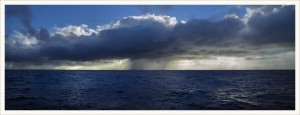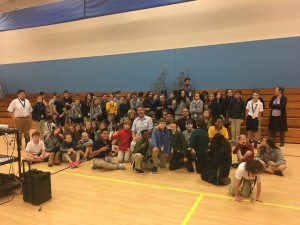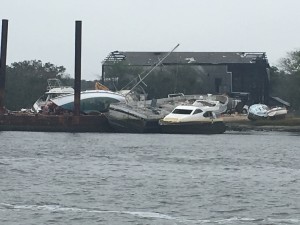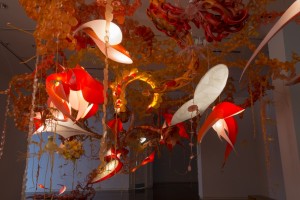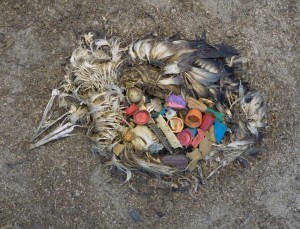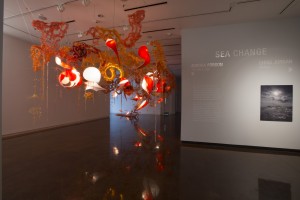Every child is an artist. The problem is how to remain an artist once we grow up.
– Pablo Picasso
I awoke on December 2nd with Tusen Takk peacefully resting at a slip that the Charleston Harbor Resort and Marina had graciously donated in support of our climate and oceans programs. In preparation for a 170 nautical mile through-the-night solo-trek to Amelia Island (Fernandina Beach, Florida – Coordinates: North -30.34.668, West: 081.28.338), I turned on the NOAA weather radio and was greeted by a high tide flood warning for Charleston. Of the top 25 cities in the U.S. most at risk of sea level rise, Charleston ranks 15, while New York and Miami top the list. Not surprisingly, 22 of the 25 cities with the highest risk of flooding are in Florida. Check out this one minute video link on the current impact of sea level rise in Miami.
During the last week of November, CELL gave fourteen climate presentations in Charleston for middle and high school students, a workshop for students and another for faculty at the College of Charleston, and a talk at the Charleston Public Library. All told, we reached over 550 people with a message of hope. I’d like to extend a special appreciation to Cyndi Hall from College of Charleston for her gracious hosting of my visit and for helping organize the many school presentations and to Allison and Makenna for their organizing and hosting of my College of Charleston visit.
The Climate Action Now (CAN) programs identify the challenges we are facing with climate change and dying oceans, but emphasize that the solutions to these challenges are more powerful than the problems themselves. We’re not glossing over the problems: they are real; they are happening now; and they are exacerbated by our addiction to burning polluting fossil fuels.
And for the most part, students are keenly aware of the problems we are facing. In fact, they are inundated with the bad news of what we are doing to our environment. They hear it in their classes, on TV, on the radio, through social media, in casual conversations (and, yes, it’s weird to talk about existential threats in casual conversation, but that is happening). Via the CAN programs, CELL is confronting climate change and ocean pollution issues and drawing a connection to their root causes, but we don’t just leave students with the depressing news. We show them creative, entrepreneurial solutions to the problems we are facing and we invite them to take action.
Students have a powerful voice. When they express concern about the state of our planet, their concern is pure and innocent and unadulterated by political ideology. They are simply, and genuinely, concerned about their health and well-being. They are concerned about how adults are driving 50% of all living species to extinction by the end of this century and how they are dumping polluting plastics and chemicals into our oceans and killing them. They are concerned about burning dirty fossil fuels that pollute the air they breath and water they drink. They understand the avarice, selfish materialism, and lack of concern for their well-being of the adults around them. They don’t always see, however, the power that they have to make a difference. For an inspiring video of a 13 year-old girl giving a speech to international delegates at the Rio Earth Summit check out this link.
So, an important part of the CAN program is to empower student voices and provide role models of kids making a difference in the world. When kids talk to kids, kids listen. And when kids take on real world problems and solve them, other kids, hearing these stories, get inspired to do the same. Check out these two videos of kids making a difference.They will lift your heart, inspire your imagination, and give you a picture of the work CELL is striving to do:
Save Tomorrow (7 minute video of three empowered girls making a difference)
Team Marine (6 minute video of high school students banning plastics)
Note: At the completion of CAN programs, we challenge students to take an issue (like the kids did in the above videos) and collaboratively and tenaciously stick with it until they achieve success.
While conducting student and teacher workshops at the College of Charleston this week, I was invited by Allison, a biology professor, to attend an art exhibit sponsored by the Halsey Institute and the South Carolina Aquarium entitled: Sea Change. Lizz, the enthusiastic Manager of Outreach and Engagement, showed us around the exhibit showcasing the work of two extraordinary artists: Chris Jordan and Aurora Robson whose works focus on the intersection of art, science and environmental activism. They both use art to provoke thinking and conversations about the state of our environment.
Chris Jordon has spent a decade on Midway Island in the middle of the Pacific Ocean documenting the effects of our mass consumption and over-use of plastics. His exhibit poses the question: “Are we ‘midway’ to our own self destruction?” His work elicits a sense of hope and a call to action.
Artist Aurora Robson evokes similar purpose through her medium of post-consumer plastics – bringing international attention to the plastics that are clogging and killing our oceans. Making art out of trash is a unique way to focus attention on the issue. Her art is beautiful and amazing to look at, and yet is made from discarded plastic. At first glance, you see a beautiful ocean habitat and upon closer examination, you realize the entire exhibit is made from single-use laundry jugs, water bottles, and other discarded plastics.
Both artists invite us to look at the enormous problem of ocean plastics through an interdisciplinary lens, to consider the beauty of our oceans, and to imagine creative solutions to the problems plaguing them. Through the Sea Change exhibit, art becomes activism. It made me wonder about the role of art in general and how we can use art more intentionally to inspire love for the natural world – a love that, in turn, kindles stewardship.
Did you know that:
- Modern industry has produced approximately 1 ton of plastic for every person living on our planet
- A study by the World Economic Forum projects that by 2050, there will be more plastic in the ocean, by weight, than fish
- Less than 10% of the plastics produced annually is recycled
- 8 million metric tons of plastic enter the ocean each year
- Americans use 500 million plastic straws every day
- 3 billion metric tons of plastic waste exist in our world today.
Stop! These are more than cold, impersonal facts and deserve more than a cursory perusal. I invite you to re-read the above. Think about what these statistics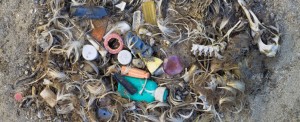 mean and how they are killing our oceans. Producing single-use plastic is killing our oceans. When we purchase plastic water-bottles at the convenience store, remember it’s not so convenient for the marine life it’s killing. And when we purchase plastic straws or accept them in our drinks at restaurants, once discarded they make their way to the oceans, and we become accomplices in a crime killing untold innocent marine life. Awareness is not enough. It is action that expresses our values.
mean and how they are killing our oceans. Producing single-use plastic is killing our oceans. When we purchase plastic water-bottles at the convenience store, remember it’s not so convenient for the marine life it’s killing. And when we purchase plastic straws or accept them in our drinks at restaurants, once discarded they make their way to the oceans, and we become accomplices in a crime killing untold innocent marine life. Awareness is not enough. It is action that expresses our values.
And each of us has a role to play. Commit to not purchasing single-use plastic. Remember, only 10% of plastic produced is recycled – regardless of its “recycled label.” Help to ban single-use plastics in your home town. Join an ocean conservation organization and become part of the solution to plastic pollution. Recognize that your actions matter and that you are the type of person who acts on what you love and believe. Commit today to making a difference! Be specific: Ask what will I do, who will I do it with, and when will I do it? Then, go do it!
We would love to hear about your conservation ideas and commitment to activism… Together, we can craft a sensible, sustainable world – a world we are proud to leave our children!
For additional information on plastics and oceans and ideas on what you can do to stop the insanity of plastic pollution, check out these links:
Did you know that researchers find that learning art correlates strongly with higher achievement in math and reading, and students who study art are 4 times more likely to be recognize for academic achievement. The arts teach children that problems can have more than one solution. And in a world seemingly mesmerized by inflexible partisan- (“my way or the highway”) ideology, the arts teach kids how to imagine a healthier world – perhaps one where we can embrace difference as ally not foe and find imaginative solutions to that which threatens our moral sensibilities…
Stay tuned: Our next blog “What you can do 2.0” will explore, in more detail, steps you can take to help our oceans and reduce your carbon footprint.
To subscribe to (or unsubscribe from) these blog posts, write to jonathan@cellonline.org.
*CELL is currently accepting applications for college sustainability focused study abroad programs, to Iceland, Central America, Ecuador, and Scotland. Faculty may contact CELL regarding custom programs for your college. Go to cellonline.org for more information and to apply.”

